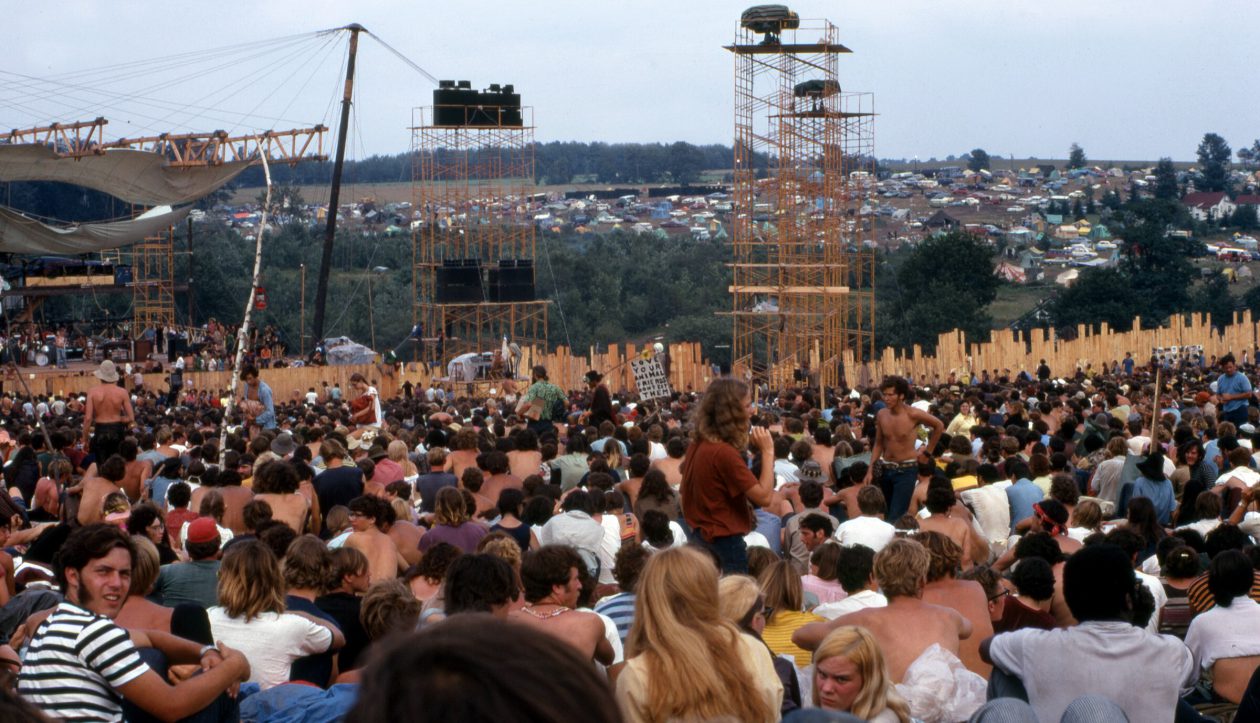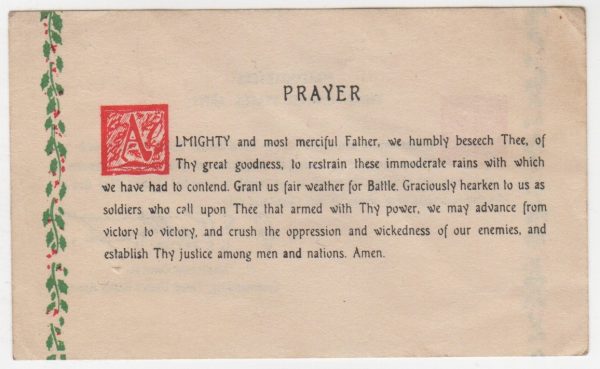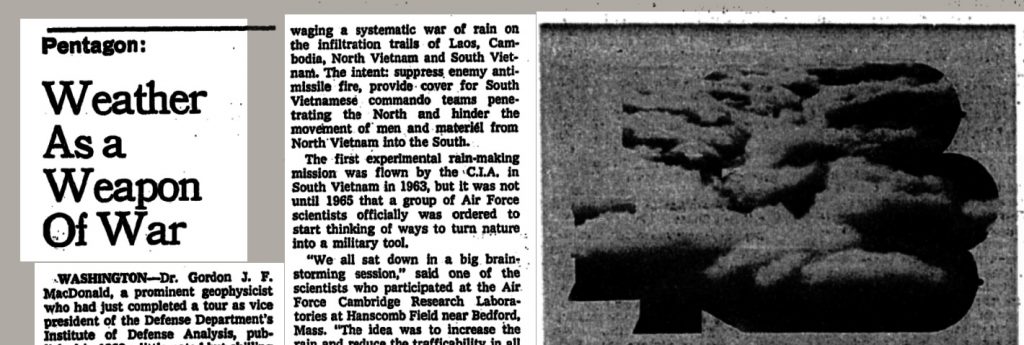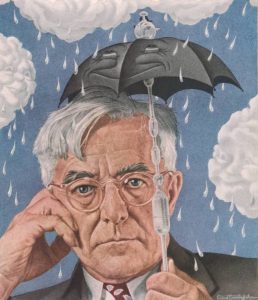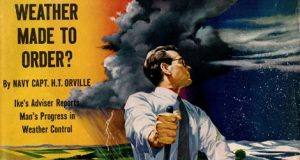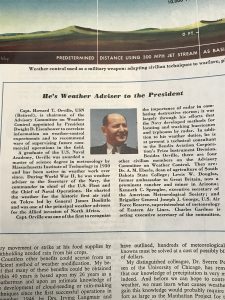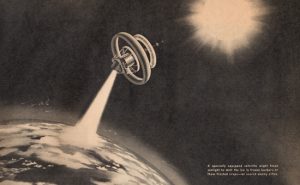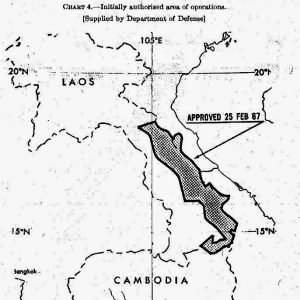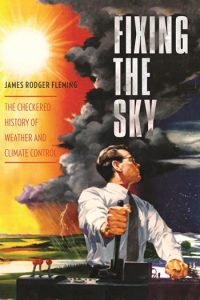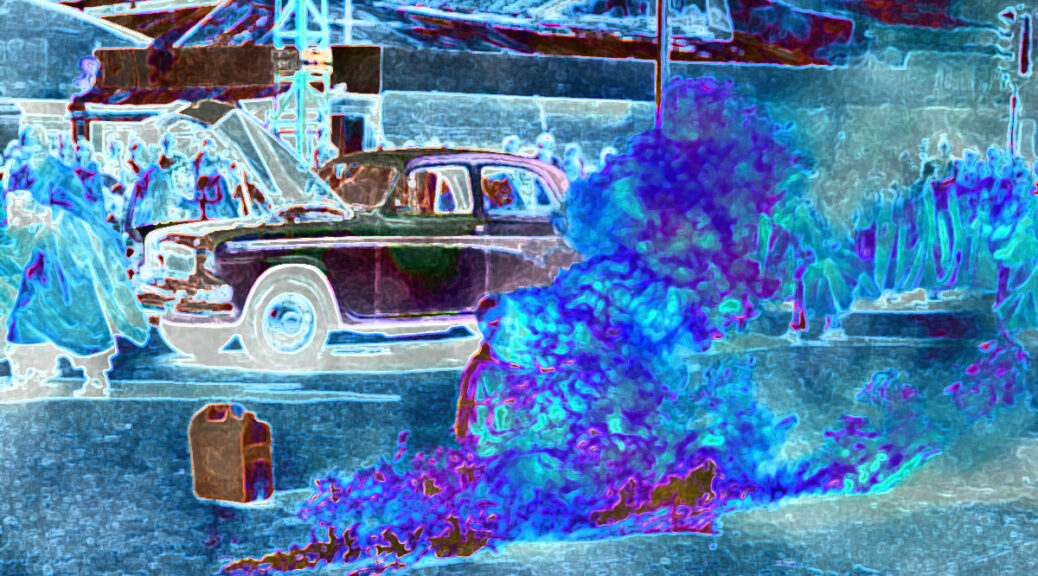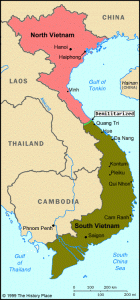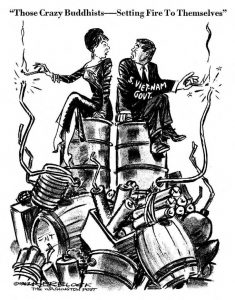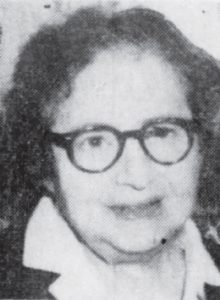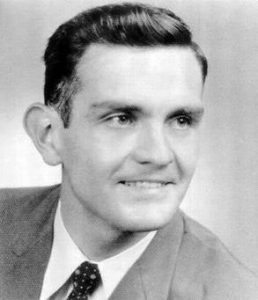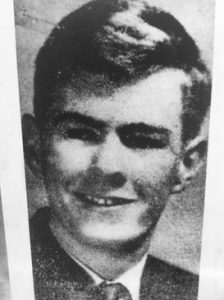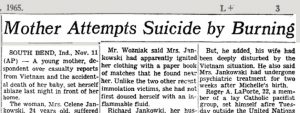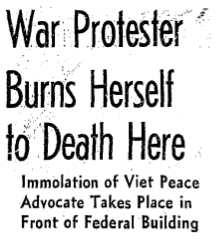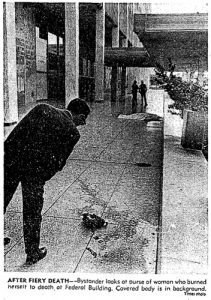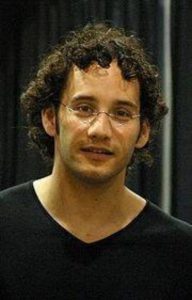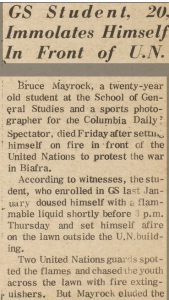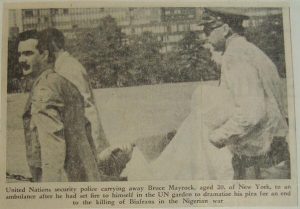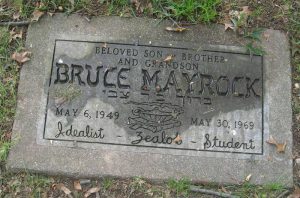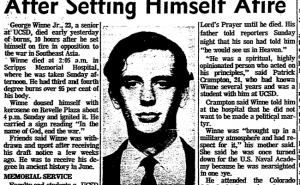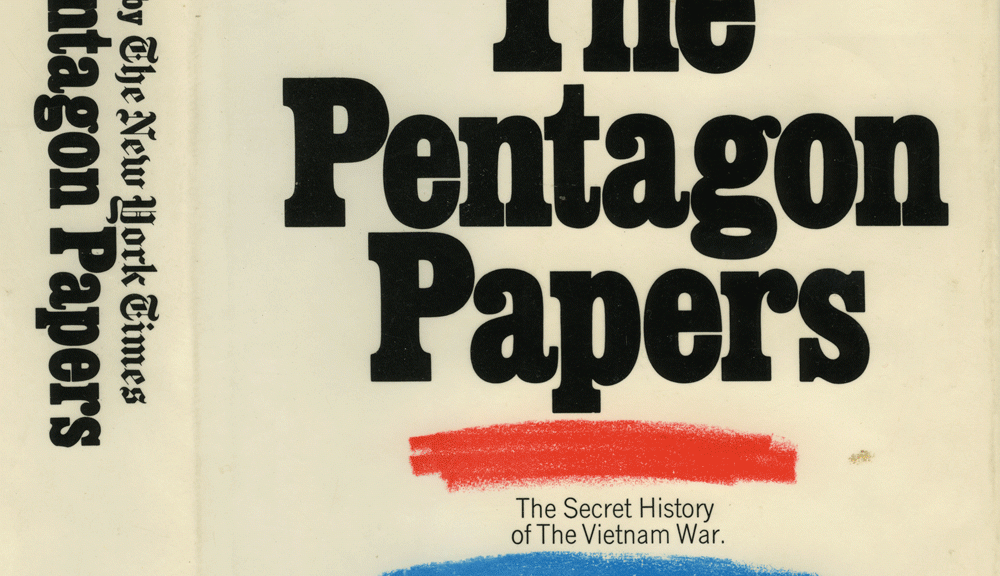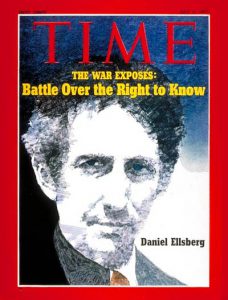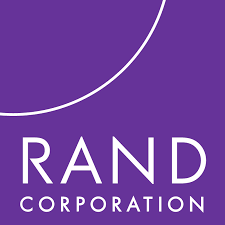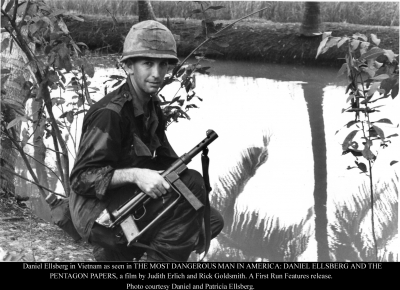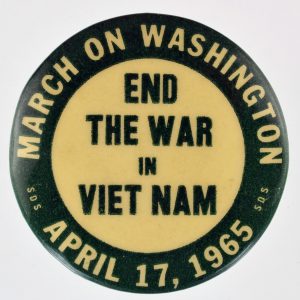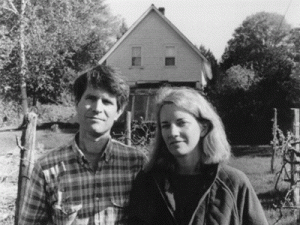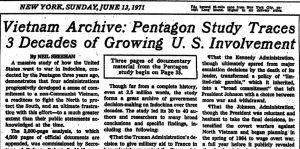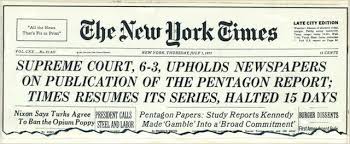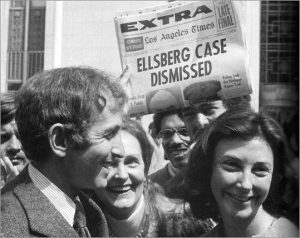Vietnam Operation Popeye Weather Control
The podcast 99% Invisible had a story about weather control. That story inspired the following.
Vietnam Operation Popeye Weather Control
Weather control is an attractive idea. Warmth when we want it; rain when we need it. Light wind? Sure. No snow? Why not.
The 19th century’s Industrial Revolution led many to believe that if we could control and increase production so efficiently, why can’t we control nature, too? Beyond the ceremonial rain dance. Beyond prayer and sacrifices to the gods.
Vietnam Operation Popeye Weather Control
Civil War impetus
During the American Civil War, some thought that its large battles had affected the weather and the idea of shooting cannons, setting off fireworks, exploding hydrogen balloons might cause rain.
The US Department of Agriculture experimented with this idea in Texas in the 1890s. It worked since it rained, but some suggested that it rained because it was the rainy season in Texas anyway.
Sporadic attempts continued with no actual success.
Vietnam Operation Popeye Weather Control
Weather Race
Like the impact of the Industrial Revolution, the development of the atomic bomb again led us to feel we had conquered the unconquerable and renewed the idea of weather control.
So before the so-called Space Race of the 1960s, the US joined the Weather Race. Communism had arrived and the Cold War was around the corner.
Of course, the race wasn’t just for a gold medal to the winner of weather control. The military advantages were immense.
Vietnam Operation Popeye Weather Control
Irving Langmuir
In July 1946, Irving Langmuir, the 1932 Nobel Prize in Chemistry awardee, and his assistant Vincent Schaefer discovered that moisture that normally stayed vaporous below freezing, would turn into ice crystals when they super-cooled it with dry ice.
And on November 13 of that year at the General Electric Research Laboratory in Schenectady, New York Langmuir, and Bernard Vonnegut discovered that silver iodide could be used with dry ice as a nucleating agent to seed clouds.
Seeding clouds involved inserting large quantities of a nucleating agent into clouds to facilitate the formation of ice crystals. The intent of this process was to cause the clouds to produce rain or snow.
Vietnam Operation Popeye Weather Control
Dr. Felix Hoenikker
Side note: Langmuir was the inspiration for Bernard’s brother Kurt Vonnegut’s fictional scientist Dr. Felix Hoenikker in the novel Cat’s Cradle. The character’s invention of ice-nine eventually destroyed the world. Kurt had briefly worked at GE as well.
Vietnam Operation Popeye Weather Control
GE out; Langmuir still in
While GE was initially interested in the science of weather control, the worry that chemically-induced snow storms causing damage and the likelihood of subsequent litigation persuaded them to curtail such research.
December 11, 1950 Charleston Daily Mail (Charleston, WV) ran a short article about Langmuir:
“Rainmaking” or weather control can be as powerful a war weapon as the atom bomb, a Nobel prize winning physicist said today.
Dr. Irving Langmuir, pioneer in “rainmaking,” said the government should seize on the phenomenon of weather control as it did on atomic energy when Albert Einstein told the late President Roosevelt in 1939 of the potential power of an atom-splitting weapon.
“In the amount of energy liberated, the effect of 30 milligrams of silver iodide under optimum conditions equals that of one atomic bomb,” Langmuir said.
While further experimentation continued—Langmuir was particularly interested in neutering hurricanes (Project Cirrus in 1952)—none proved effective and critics pointed out that they could explain any proffered “proofs” with more logical and meteorological explanations.
Vietnam Operation Popeye Weather Control
President’s Advisory Committee on Weather Control
In August of 1953 the United States formed the President’s Advisory Committee on Weather Control. Its stated purpose was to determine the effectiveness of weather modification procedures and the extent to which the government should engage in such activities. Captain Howard T Orville chaired the committee.
The May 28, 1954 cover of Collier’s magazine showed a man quite literally changing the seasons by a system of levers and push buttons. Orville wrote the article. In it he said, “…if investigation of weather control receives the public support and funds for research which its importance merits, we may be able eventually to make weather almost to order.“
The July 6, 1954 edition of Minnesota’s Brainerd Daily Dispatch said:
“It may someday be possible to cause torrents of rain over Russia by seeding clouds moving toward the Soviet Union.
Or it may be possible — if an opposite effect is desired — to cause destructive droughts which dry up food crops by “overseeding” those same clouds.
And fortunately for the United States, Russia could do little to retaliate because most weather moves from west to east.”
Vietnam Operation Popeye Weather Control
Project Stormfury
Despite the lack of concrete observable results, interest continued. Project Stormfury began in 1956 and continued the attempt to control or mollify severe weather.
Vietnam Operation Popeye Weather Control
Captain Howard T Orville
In a January 1, 1958, article in the Pasadena Star-News Captain Orville warned that “if an unfriendly nation solves the problem of weather control and gets into the position to control the large-scale weather patterns before we can, the results could be even more disastrous than nuclear warfare.”
The May 25, 1958, issue of The American Weekly ran an article by Frances Leighton using information from Captain Howard T. Orville. Leighton wrote,
“Behind the scenes, while statesmen argue policies and engineers build space satellites, other men are working day and night. They are quiet men, so little known to the public that the magnitude of their job, when you first hear of it, staggers the imagination. Their object is to control the weather and change the face of the world.
Some of these men are Americans. Others are Russians. The first skirmishes of an undeclared cold war between them already have been fought. Unless a peace is achieved the war’s end will determine whether Russia or the United States rules the earth’s thermometers.”
Vietnam Operation Popeye Weather Control
Kennedy’s Weather Race
September 25, 1961: President Kennedy spoke at the UN. Among his various points, he stated: We shall propose further cooperative efforts between all nations in weather prediction and eventually in weather control. (text of entire speech)
Less than a year later, on May 27, 1962, Vice President Lyndon Baines Johnson presented the graduation address at his alma mater, Southwest Texas State University (today Texas State University) in San Marcos.
Among various points, Johnson spoke about weather control and stated that, “..to control the weather and ultimately he who controls the weather controls the world.”
Vietnam Operation Popeye Weather Control
Committee on Atmospheric Science
In November 1963, the Committee on Atmospheric Science appointed a Panel on Weather and Climate Modification “to undertake a deliberate and thoughtful review of the present status of activities in this field.”
The Committee issued its report in October 1964. In it the Committee stated that, “We conclude that the initiation of large-scale operational weather modification programs would be premature. Many fundamental problems must be answered first….We believe that the patient investigation of atmospheric processes coupled with an exploration of the technical applications may eventually lead to useful weather modification, but we emphasize that the time-scale required for success may be measured in decades.“
Vietnam Operation Popeye Weather Control
Project Popeye
Despite such pessimism, Project Popeye happened nonetheless. Due to the weak science and questionable results, the military kept the project secret.
August 10, 1966: the Joint Chiefs of Staff proposed a weather modification program for selected areas of Laos. The Command of US Military Assistance Command, Vietnam (COMUSMACV) and the Commander in Chief of US Pacific Command (CINCPAC) concurred. (see Global Security dot com for more)
September 1, 1966: the Joint Chiefs of Staff granted approval of the project and issued the execute order on September 17, 1966.
September 29 1966 — October 28 1966: the US military began Project Popeye in a strip of the Laos panhandle east of the Bolovens Plateau in the Se Kong River valley. Naval personnel eventually conducted 50 seeding cloud experiments. Project leaders claimed that 82% of the clouds produced rain within a brief period after having been seeded and that one of the clouds drifted across the Vietnam border and dropped nine inches of rain on a US special forces camp over a four hour period.
They declared the project a success and on January 13, 1967 a “Memorandum From the Deputy Under Secretary of State for Political Affairs (Kohler) to Secretary of State Rusk” Its proposal stated, ” The Department of Defense has requested our approval to initiate the operational phase of Project …. The objective of the program is to produce sufficient rainfall along these lines of communication to interdict or at least interfere with truck traffic between North and South Vietnam. Recently improved cloud seeding techniques would be applied on a sustained basis, in a non-publicized effort to induce continued rainfall through the months of the normal dry season.” (entire text of proposal)
Vietnam Operation Popeye Weather Control
Operation Popeye-Make Mud, Not War
March 20, 1967: a highly classified weather modification program in Southeast Asia called Operation Popeye began. It was an attempt to extend the monsoon season, specifically over areas of the Ho Chi Minh Trail maze. The military seeded the clouds over the Trail to create floods and wash out supply routes to hinder North Vietnam’s supply chain into and from South Vietnam.
The 54th Weather Reconnaissance Squadron carried out the operation using the slogan “make mud, not war.”
The initial area of operations was the eastern half of the Laotian panhandle.
At times the program was also known as Operation Motorpool, and Operation Intermediary-Compatriot. (V, see Mar 25; OP, see July 11)
July 11, 1967: the Operation’s operational area was increased northward to around the area of the 20th parallel and included portions of far western North Vietnam.
September 25, 1968: the southern region of North Vietnam was added to the operational area
November 1, 1968: the southern region of North Vietnam was removed from the Operation concurrent with a halt to conventional bombing of North Vietnam.
Vietnam Operation Popeye Weather Control
Leaks
In 1971, leaks about the program began to appear in the press and in September 1971, Senator Claiborne Pell of Rhode Island as
chairman of the Subcommittee on Oceans and the International Environment requested the Department of Defense to provide information with respect to the program.
April 18, 1972: regarding any US program to affect the weather/rainfall in Vietnam, Nixon’s secretary of Defense, Melvin Laird testified at a Senate that, “we have never engaged in that type of activity over Northern Vietnam.”
July 3, 1972: a NY Times article on Operation Popeye appeared. It’s lead paragraph stated that “The United States has been secretly seeding clouds over North Vietnam, Laos and South Viet nam to increase and control the rainfall for military purposes.”
That same day, another NY Times article quoted Dr. Matthew Meseison, a professor of biology at Harvard University, from the June 16 issue of the magazine Science:
“It is obvious that weather modification used as a weapon of war has the potential for causing large‐scale and quite possibly uncontrollable and unpredictable destruction. Furthermore, such destruction might well have a far greater impact on civilians than on combatants. This would be especially true in areas where subsistence agriculture is practiced, in food‐deficit areas, and in areas subject to flooding.”
Also on the same day, a third NYT article stated: Two former high‐ranking officials of the Johnson Administration said…that Robert S. McNamara, while Secretary of Defense, specifically ordered the Air Force to stop all rainmaking late in 1967….
But other officials, who served in both the Johnson and Nixon Administrations, said they recalled no such clear‐cut order.
It was not clear whether Mr. McNamara’s order was dis obeyed, ignored, or—as one of ficial suggested—“there was a kind of slippage” in putting it into effect.
July 5, 1972: Operation Popeye ended.
July 28, 1972: sponsored by Senators Gaylord Nelson of Wisconsin and Clairborne Pell, the US Senate voted for an amendment to cut off Defense Department funds for any use of rainmaking or creation of forest fires as a weapon of war.
The US Dept of Defense continued to deny such operations and also refused to discuss the operational aspects in Vietnam. (NYT article)
Vietnam Operation Popeye Weather Control
Declassified
March 20, 1974, the Defense Department provided Senator
Pell’s Subcommittee with a top secret briefing on weather modification activities in Southeast Asia.
Vietnam Operation Popeye Weather Control
Environmental Modification Convention
The Environmental Modification Convention (ENMOD), formally the Convention on the Prohibition of Military or Any Other Hostile Use of Environmental Modification Techniques is an international treaty prohibiting the military or other hostile use of environmental modification techniques having widespread, long-lasting or severe effects. It opened for signature on 18 May 1977 in Geneva and entered into force on 5 October 1978.
Vietnam Operation Popeye Weather Control
Fixing the Sky
In September 2010, James Rodger Fleming published Fixing the Sky: The Checkered History of Weather and Climate Control. In it he wrote: Although some claimed that [Operation Popeye] induced from 1 to 7 inches of additional rainfall annually along the Ho Chi Minh Trail, no scientific data were collected to verify the claim. General Westmoreland thought there was “no appreciable increase” in rain from the project. Even if the cloud seeding had produced a tactical victory or two in Vietnam (it did not), the extreme secrecy surrounding the operation and the subsequent denials and stonewalling of Congress by the military resulted in a major strategic defeat for military weather modification.
Related: 2011 Smithsonian article
